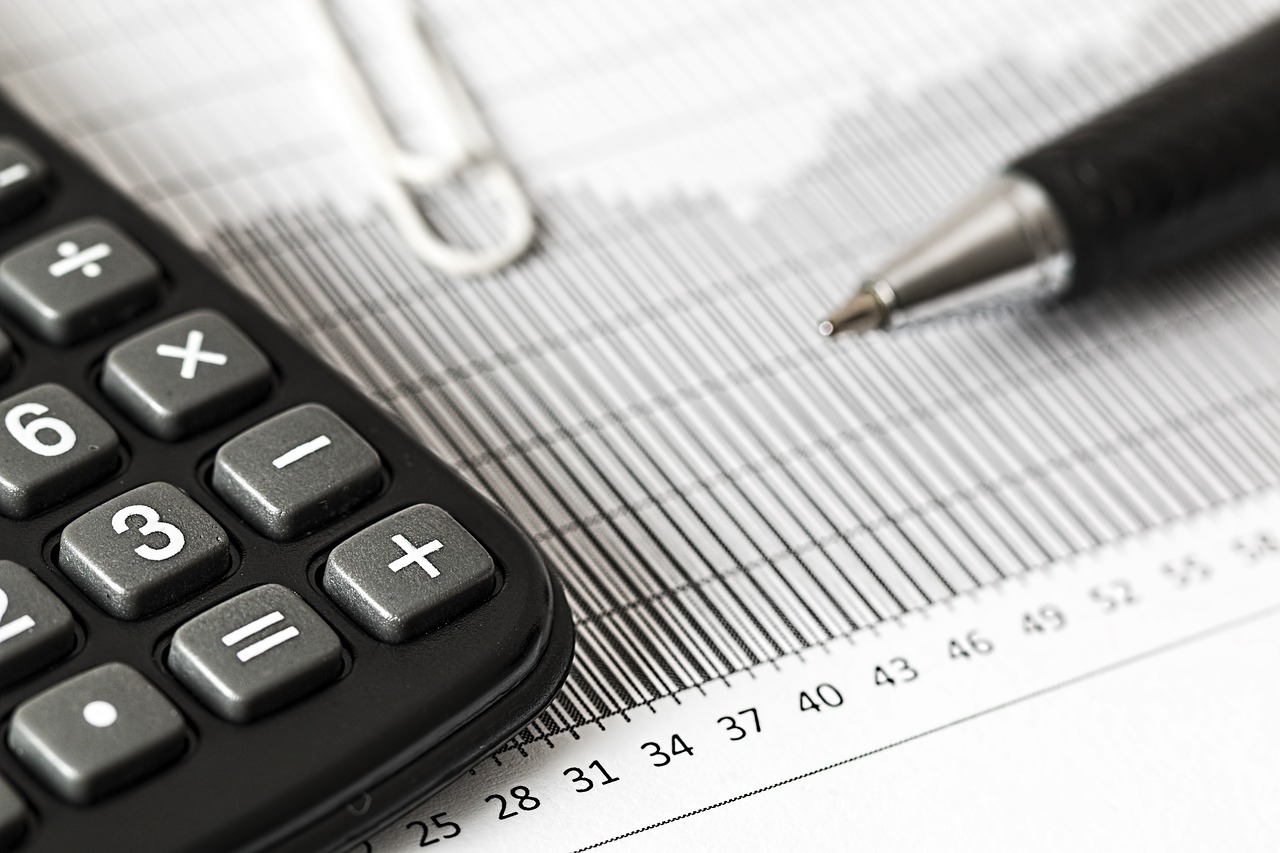
Published: January 7th, 2019 in Accounting
If you have recently decided to go it alone as a contractor, freelancer or otherwise become self-employed or, are a partner in a business, you’ll need to complete and submit a self-assessment tax return.
If this is the first time you’re using the self-assessment system, it can feel like a minefield – as an employee, tax is deducted from your pay slip and automatically paid to HMRC each month so self-assessment often feels like a huge burden initially and one that is easy to get wrong.
If you’re fretting about filing a self-assessment tax return or simply don’t know where to start, read on for our complete, plain-English guide.
Who needs to complete a self-assessment tax return?
Simply put, if you’re self employed and have earned more than £1,000 in the tax year (which runs from 06 April to 05 April the following year) or are a partner in a business, you will need to use the self-assessment system for income tax purposes.
It’s also worth noting here that even if you are an employee, with a payslip and tax deductions all handled by your employer, you’ll still need to file a self-assessment return if you have a small business on the side, such as selling goods via eBay, working as a freelancer in the evenings, or you have become a partner in a business outside of your main job. Likewise, if you’ve bought a property and rent it out, a self-assessment tax return is required.
HMRC says you may also need to self-assess if you earn tips and commission, you have an income from overseas, or you receive money from an investment, savings, or dividends (such as if you’re a shareholder in a company).
Some forms of tax relief also require a self-assessment form to be filled in, including income tax relief on charitable donations as well as maternity allowance and tax-free childcare.
How to register
Now you have established you need to file a tax return, you will have to register to do so. This is crucial because, if you don’t register, you won’t be able to file the return and you will then have to pay a late filing penalty.
If you are recently self-employed, you need to complete this form which tells HMRC you are self employed. This form registers you for self-assessment tax returns and National Insurance contributions. You’ll need your National Insurance number to hand, contact information for your accountant if you have one plus details about your business.
If you have previously registered as self-employed, you’ll also need to have your 10 digit Unique Taxpayer Reference number ready to input at this stage. If you haven’t previously been registered as self-employed, you’ll be given a UTR when you first register online.
You must complete this process by the 5th of October, in the second year of your business operating.
Filing your tax return
When it comes to physically filing your self-assessment tax return, you can do it online (which 92% of people do according to HMRC), file it via a supported software program or, fill in a paper form and post it to HMRC.
You can use software or your online account to file your tax return if you are self employed, you are a partner in a business or you are filing a tax return as part of a trust or estate. You’ll need to use the paper option if you are a trustee of a pension scheme.
Filing online is also an option if you live abroad.
If you have an accountant, your accountant can also file your return for you and will likely use a software program to do so.
Steps to take to file online
• Register for self-assessment and note your UTR
• Sign into your online account. To do this, you’ll need the User ID provided to you in step one.
• Complete the form and submit it online
If you’re using an accountant
Your accountant will request details from you relating to your income from your business or other sources (such as income from savings, dividends or selling a property).
They will complete the form and send it to you for your approval and signature – this is usually done electronically. The accountant will then submit the form for you. You must formally authorise your accountant to handle your tax affairs for you before they can submit your return. This is done quickly and easily online on the HMRC site or you can complete the authorisation form and post back.
The self-assessment tax return form
The self-assessment tax return form is eight pages long. If you are completing it yourself rather than having your authorised accountant do it for you, it’s well worth taking a look over the form a week or so before you plan to fill it out and gathering all of the information and financial statements you’ll need. Set aside a couple of hours to complete the form and of course, give yourself plenty of time to fill it in and file it before the 31st January deadline. The tax year ends on 05 April each year so consider starting early!
Before you sit down to fill in your form ensure you have your 10-digit UTR and your National Insurance number to hand. If you have an employer reference, you’ll need that too.
The first section is easy to complete as it requires nothing more than you standard personal information. You’ll then need to answer questions about your income and dividends and, depending on how that is made up, you may be required to complete additional supplementary pages.
For example, if you were employed up to 05 April 2018, you’ll need to give details of your employer on a separate page. If you received income from abroad in excess of £1,000 you may need to complete a separate page. Likewise, if you received income from property rentals above £1,000, a separate sheet is required.
You’ll need to input your taxable income and any expenses claimed so you’ll need to keep your bank statements handy.
In certain circumstances such as if you have income or tax relief such as a married couple’s allowance or seafarer’s earnings deduction, you’ll need to provide additional information on the stipulated page.
When completing the form, you’ll need to give information about interest and dividends from UK banks, building societies, pensions etc. You’ll also be asked questions about pension payments, charitable giving, marriage allowances, child benefit charges and any student loan repayments due.
Late filing and late payment penalties
If you are submitting a paper return, it must be filed by 31 October.
When filing online, your completed return must be submitted by 31 January.
If your return is filed late, you’ll receive a £100 fine. After three days, you’ll be fined an additional £10 per day. Interest will also be added and a fine levied for late payment.
If this all sounds too stressful or too time consuming, TFMC offers a self-assessment tax return service.
Perfect if you work for yourself and would rather spend your time building your business, our cost-effective and efficient solution means you won’t amongst the one in four who file an incorrect return or one of the one million fined last year for filing late.
Find out more on our self-assessment page here or, get in touch.




